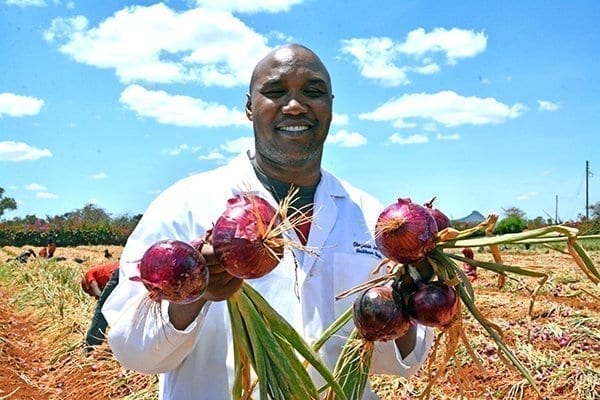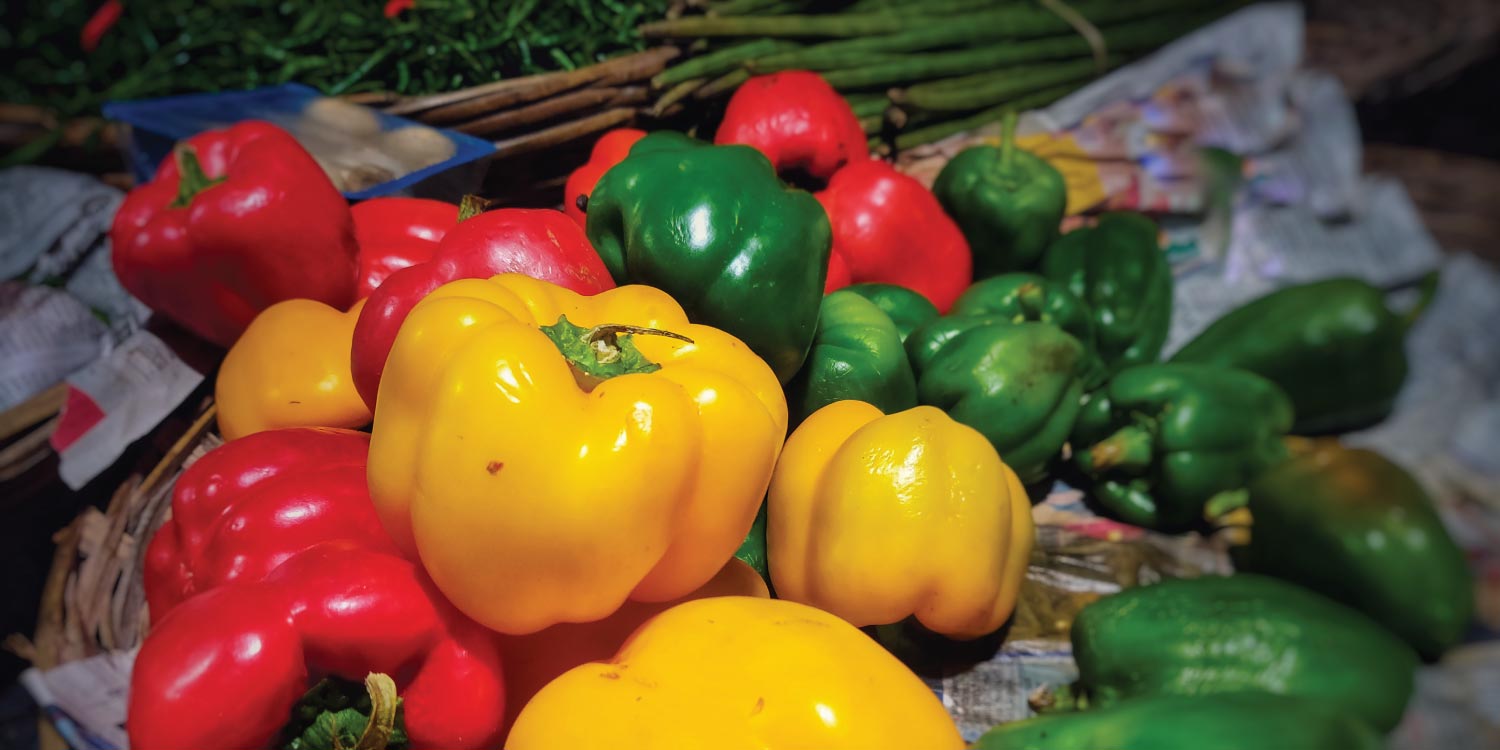Haphazard pesticide use is still rampant in the country despite the obvious risks it poses to human health and the environment.
The use of chemicals is in part due to need to feed the escalating global population and development of resistance by pests.
A good substitute to chemical use is the integrated pest management (IPM), which involves selection and use of a combination of methods and materials to optimise production without harming the environment.
Although IPM is crop specific, effective implementation of IPM requires policy guidelines. Some cultural practices with general IPM application include crop rotation, intercropping, planting/harvesting timing, use of fertilisers and organic pesticides, plus plot location selection, among others.
Crop rotation
Crop rotation can be used to control pests that attack unrelated plant species. An example is bacteria wilt in Irish potatoes, which can be curbed by rotating with maize in a ratio 1:3.
The potato is grown once in every three seasons eliminating bacteria in the soil
Intercropping
Intercropping has been used successfully to control the maize and sorghum plant pest striga and the maize stem borer through push and pull technology. In the pull technology, a strip of napier grass is planted around the cereal field.
When the moth that produces the larva (stem borer) attacks the field, it first comes into contact and is attracted to napier through some chemical substances produced by the grass.
It lays eggs on it and when the eggs hatch into larvae, which bore into the napier grass stems, the plant produces a sticky substance that traps them to death.
When desmodium is planted in between the rows of cereals, it produces a ground cover which prevents growth of striga.
Further it produces chemicals that trigger germination of striga and when this happens in the cereal off season, the germinated striga dies as it has to attach to maize, sorghum or millet roots to survive.
In the push technology, desmodium produces chemical substances (kairomones) that push away stem borers. In addition to pest control and use as an animal feed, desmodium is a legume that fixes nitrogen enriching the soil and increasing its productivity with minimal use of inorganic fertilisers.
Timing the planting
Research has shown that early (April) timing of the wheat planting season helps to control the Russian wheat aphid density levels with the late planted (June) crop showing high levels of infestation.
Crop location
Some farmers have discovered that planting crops on low lying plots predisposes vulnerable crops to disease transmission through floodwater.
They have, therefore, made it a habit to plant crops in areas where flood water is not common or they dig trenches that redirect the flood waters from their crops. This has been applied in control of bacterial wilt in potatoes.
Organic fertilisers
Animal and farm yard manure; agricultural waste from livestock and crop processing plants; organic municipal solid waste can all be used to produce organic manure through composting and the biogas technologies.
The composting method decomposes the organic material in the presence of oxygen (aerobically) while the biogas method does the same in the absence of oxygen (anaerobically).
In both reactions, heat is produced which results in inactivation or killing of the common pests that would otherwise affect crops.
Unlike inorganic pesticides, organic ones have the ability to disintegrate in the environment and thus their toxicity is neutralised. Pyrethrum is one plant that produces organic pesticides.
Studies in Embu show that on average, farmers who implemented the above methods had approximately 54.5 per cent reduction in magnitude of mango rejection than those who didn’t.
Further, the participants spent approximately 46.3 per cent less on insecticide per acre than the non-participants and on average received approximately 22.4 per cent more net income than the non-participants.
Article by Dr Jecinta Mwirigi rivavet@yahoo.com




